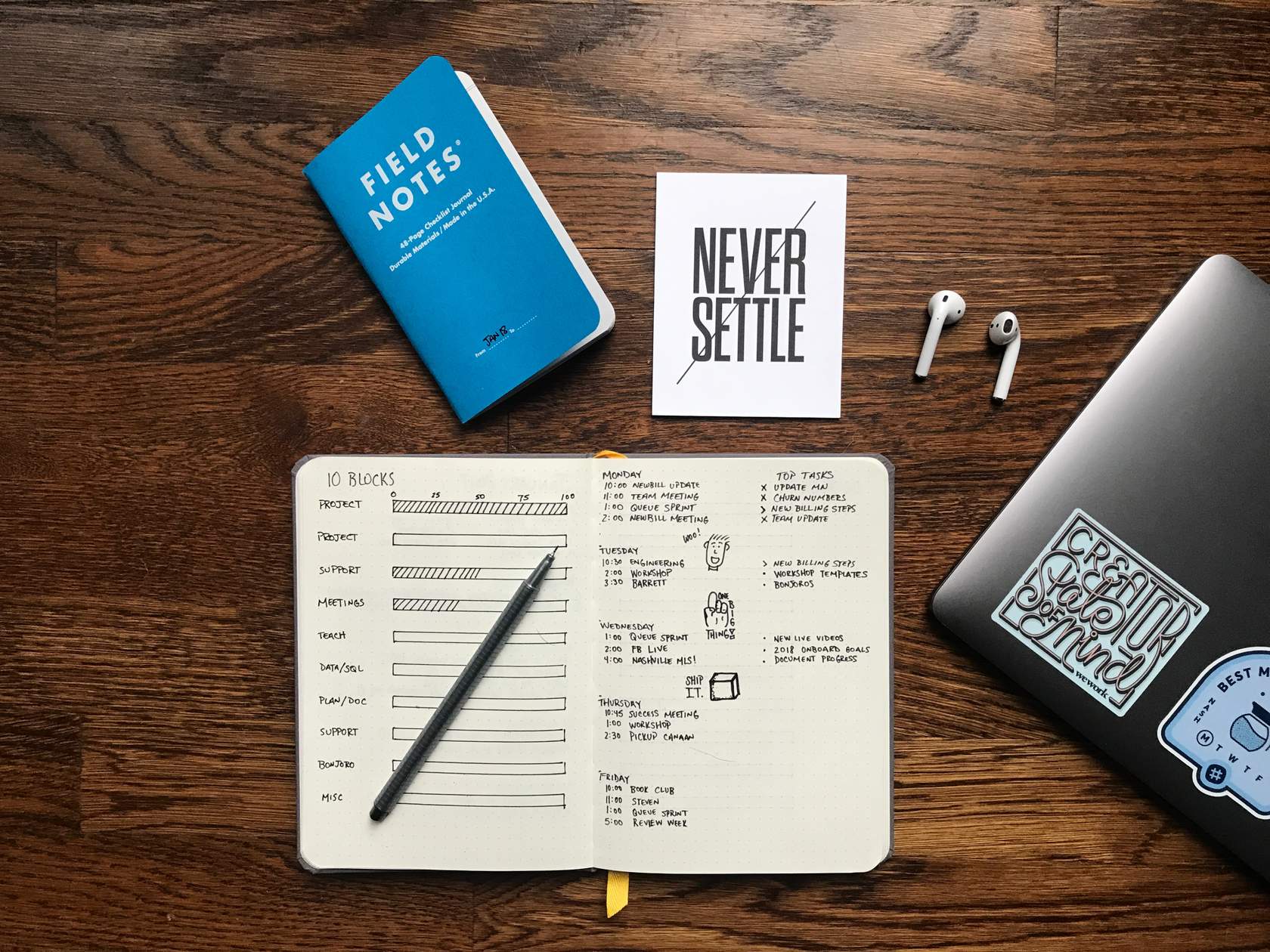69
Chapter Essential Questions
What written, verbal and interpersonal skills are required for a manager working in First Nation communities?
How can a strategic approach benefit communication?
Lesson 7: Creating a collaborative workplace
Outcomes
By the end of the lesson, you should be able to:
- Develop a clearly defined definition of what collaboration means;
- Explain the benefits and drawbacks of collaborating;
- Describe the key components of collaboration;
- Identify the benefits of collaboration for the individual and organization;
- Identify methods of building an effective collaboration process;
- Identify the potential pitfalls to working collaboratively;
- Discuss the barriers that typically arise during the collaboration process.
What is collaboration?
Aiim defines collaboration as:
“a working practice whereby individuals work together for a common purpose to achieve business benefit. Collaboration enables individuals to work together to achieve a defined and common business purpose. It exists in two forms.”
- Synchronous, where everyone interacts in real-time, as in online meetings, through instant messaging, or via Skype, and
- Asynchronous, where the interaction can be time-shifted, as when uploading documents or annotations to shared workspaces or making contributions to a wiki (Aiim,n.d.).
However, collaboration has been woven into Indigenous communities for years. Traditionally, collaboration was seen as a critical part of the relationship process including all members of the community. Collaboration was seen as a way of achieving goals and gaining new insights, knowledge and opportunities for the community.
The Benefits and Drawbacks
| Pros | Cons |
| Multiple view points and experience can provide a clearer path to the goal. Even though all opinions are not created equal they do allow us the opportunity to better understand how others view a topic. | Reaching consensus as a group can be time consuming and it can create conflict when trying to get a group to agree on a method or approach to a project. |
| Opportunity for relationships to grow amongst departments means that experiences can be shared across the organization. This is a type of cultural collaboration that can help employees see a new way to doing things. | People have tunnel vision. Differing opinions can occur but we are often self-driven and letting go of our own ideas can be difficult which can cause the group to stall out. |
| Working under pressure lessens with more bodies. The workload that is dispersed among a team can help lessen stress and create a space for opinions, and ideas to be shared. | Too many viewpoints can water down the project goals. As the ideas are passed around, the original project goal can become less clear and muddled. |
Key Components of Collaboration
There are few key components to collaboration. According to a study conducted in 2013 by the Australian Research Alliance for Children and Youth (ARACY), there are three primary factors to successful collaboration that include trust, reciprocity and mutuality.
Methods of Building an Effective Collaboration
Start by determining the problem and purpose of the project. Everyone should collaborate and contribute to the purpose statement of the project. This share a sense of the intended readers’ needs and the goal of the project.
Next, create the roadmap for success. As a group discuss how formal you want to correspondence to be, the preferred length of time for the report, and what type of media your intended audience is used to seeing.
Then, you will want to determine what needs to be studied in order to achieve your group goals. Consider, what factors of the problem bring everyone’s thinking into focus to help identify the factors of the problem.
Once the work has been divided, you will want to start the research and ensure that you share what you are working on with the group in order to minimize duplication of effort. It is also critical for group members to share their findings and ensure that they have met the goals set out at the beginning of the project.
The material can now be organized, and the initial project drafted. The length of the report and the writing style should also be re-discussed so that the timeline can be met or be moved.
Finally, the group can revise the material and edit the final draft. This is typically assigned to two members of the group and the final draft is sent to the group for review.
Benefits of Group Collaboration
1. It Promotes Problem-Solving – working as a group reduces the difficulties in solving problems by sharing ideas and cultivating a safe environment for ideas.
2. It Allows Employees to Learn from Each Other – different background and experiences provide an opportunity for employees to understand solutions from others point of view.
3. Problem-Solving Becomes Easier – Different personalities and levels of experience can provide multiple points of view and sharing of ideas.
4. Productivity Goes Up – Collaboration leads to increased productivity with trust being built and loyalty being shared amongst the group.
“It does not require many words to speak the truth.” – Chief Joseph

Pitfalls of Group Collaboration
Click on the cards below to find out more about the pitfalls associated with group collaboration.
Journal Prompt
Using the forum labelled Course 5: Chapter 7 make a journal entry responding to the prompt below. Ensure that you title the entry “Lesson 7”. After writing a journal entry, go and make a comment on two other posts from your classmates. It can be about anything you noticed, liked, agreed with etc. The idea is to continue the dialogue about the topic.
Read and respond to the following statement:
“Collaborative work is always better than individual work because many minds are used to develop ideas rather than one.’
Do you agree or disagree? Explain.
Journal Entry Evaluation Rubric
|
Criteria |
Exemplary (4) |
Accomplished (3) |
Developing (2) |
Beginning (1) |
|
Purpose |
Strong voice and tone that clearly addresses the purpose for writing. |
Appropriate voice and tone. The purpose is largely clear. |
Attempts to use personal voice and tone. Somewhat addresses the intended purpose. |
Demonstrates limited awareness of use of voice and tone. Limited evidence of intended purpose. |
|
Understanding |
Many interesting, specific facts and ideas are included. |
Many facts and ideas are included. |
Some facts and ideas are included. |
Few facts and ideas are included. |
|
Conventions |
All grammar and spelling is correct. |
Only one or two grammar and spelling errors. |
A few grammar and spelling errors. |
Many grammar and spelling errors. |
|
Reply |
Made two significant contributions to the online forum. Highly supportive of others. |
Made one contribution to the online forum. Supported group members. |
Attempted to contribute to online forum but was vague and unclear in the writing. |
Minimally involved. Offered limited support to online group members. |
Reference
Aiim. (n.d.). What is Collaboration? https://www.aiim.org/what-is-collaboration#:~:text=Collaboration%20is%20a%20working%20practice,defined%20and%20common%20business%20purpose.

